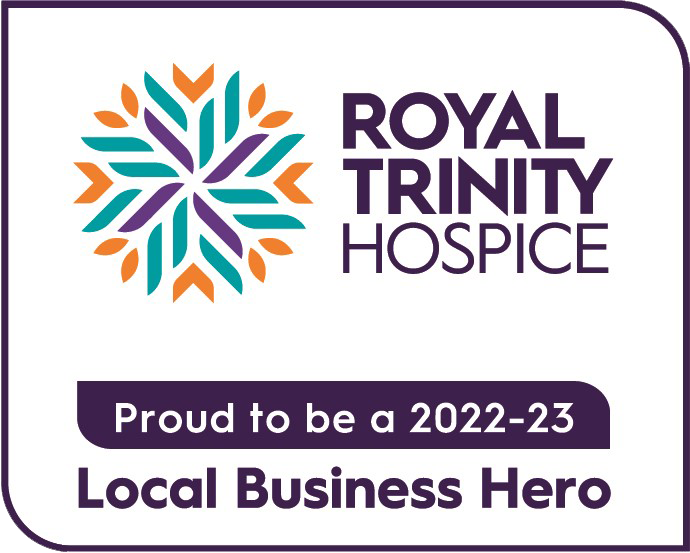A different perspective
 Thanks again to the bottomless pit of information that is the BBC, I was introduced to two bits of imagery that fired my imagination this week. The first is by an artist called Patrick Hughes. He creates a world solidified into perspective [that] makes pictures come alive before our eyes.
Thanks again to the bottomless pit of information that is the BBC, I was introduced to two bits of imagery that fired my imagination this week. The first is by an artist called Patrick Hughes. He creates a world solidified into perspective [that] makes pictures come alive before our eyes.
The second is courtesy of National Air Traffic Service – it’s a sensational time-lapse video of all 6,000 aircraft entering and exiting UK airspace every 24 hours. Now, I come from a rural village where they still point at aeroplanes but even to the most hardened, flightpath blighted townie, this is impressive.
Hughes’ work pushes the limit of both the artist’s and the viewer’s imagination. His very clever use of perspective – what he calls reverspective – amuses, befuddles and delights but most of all, he makes you look at something with new eyes. As Hughes says, the artist is only one part of any painting – the viewer is an equally vital component.
What’s all this to do with a Five Year Forward View then? Nothing. Except that, owing to what might justifiably be called an unfortunate incident involving a carpet, Senior Management and a broken wrist, this health commentator actually experienced the real NHS frontline this week. Not just any old A&E I might add. St George’s now stars in TV’s 24 hours in A&E (which of course used to be the time it took before anyone would get seen). It was with heavy hearts that we made our way to the City State of St George’s – aware of the overcrowding horrors that currently beset Colchester and others. So when I tell you that, triaged, X-rayed, splinted and reassured, we were out of one of the country’s busiest Trusts in less than an hour of arriving, you begin to wonder what all the fuss is about.
A one off perhaps? Possibly, but disappointingly for gloom merchants, the experience the following day was equally as impressive – plastered, reassured and all booked in for another appointment, it all went like clockwork. In fact, only two quid’s worth in the car park. Altogether, like one of Hughes’ pictures, the experience was very different to the preconception.
So to aeroplanes. I know I’m not the first to make the connection between the health and aviation services. If 6,000 aircraft a day, carrying around one million souls, can fly around above us without bumping into each other, can’t the NHS apply the same sort principles to make the millions of daily interactions with the public safe and reliable? In aviation terms, avoiding catastrophes is largely down to the clever use of technology and rigorous training and procedures. And, an unwavering adherence, throughout the organisation, to the view that “we can’t let the unthinkable happen.” I’m pretty convinced that frontline doctors, nurses and other health professionals would concur with this sentiment, but you do have to wonder if the same can be said of the many tiers of health managers and public servants.
Take technology enabled care services (TECS) for example. TECS used to be known as telehealth and telecare. Technology now lets people keep an eye on their diabetes or COPD from home which helps avoid unnecessary hospital admissions, saves money and makes life a bit more pleasant for patients.
What’s not to like? Quite a lot if the extraordinarily low levels of deployment is anything to go by. Can you imagine the National Air Traffic people being so resistant to a new bit of technology that helps keep the planes from falling on our heads? NHS England is trying hard to promote TECS but many commissioners, procurers and information governancers still seem to find ways to resist it.
Simon Stevens’ Five Year Forward View encourages decision makers in the NHS to take a different view, take a fresh perspective and do things differently. I’d echo all of that adding that things aren’t always as they seem and you don’t to follow rigid rules of perspective to end up with a very pleasing picture.
What’s your opinion?
Share your thoughts with us on Twitter using #salixblog

